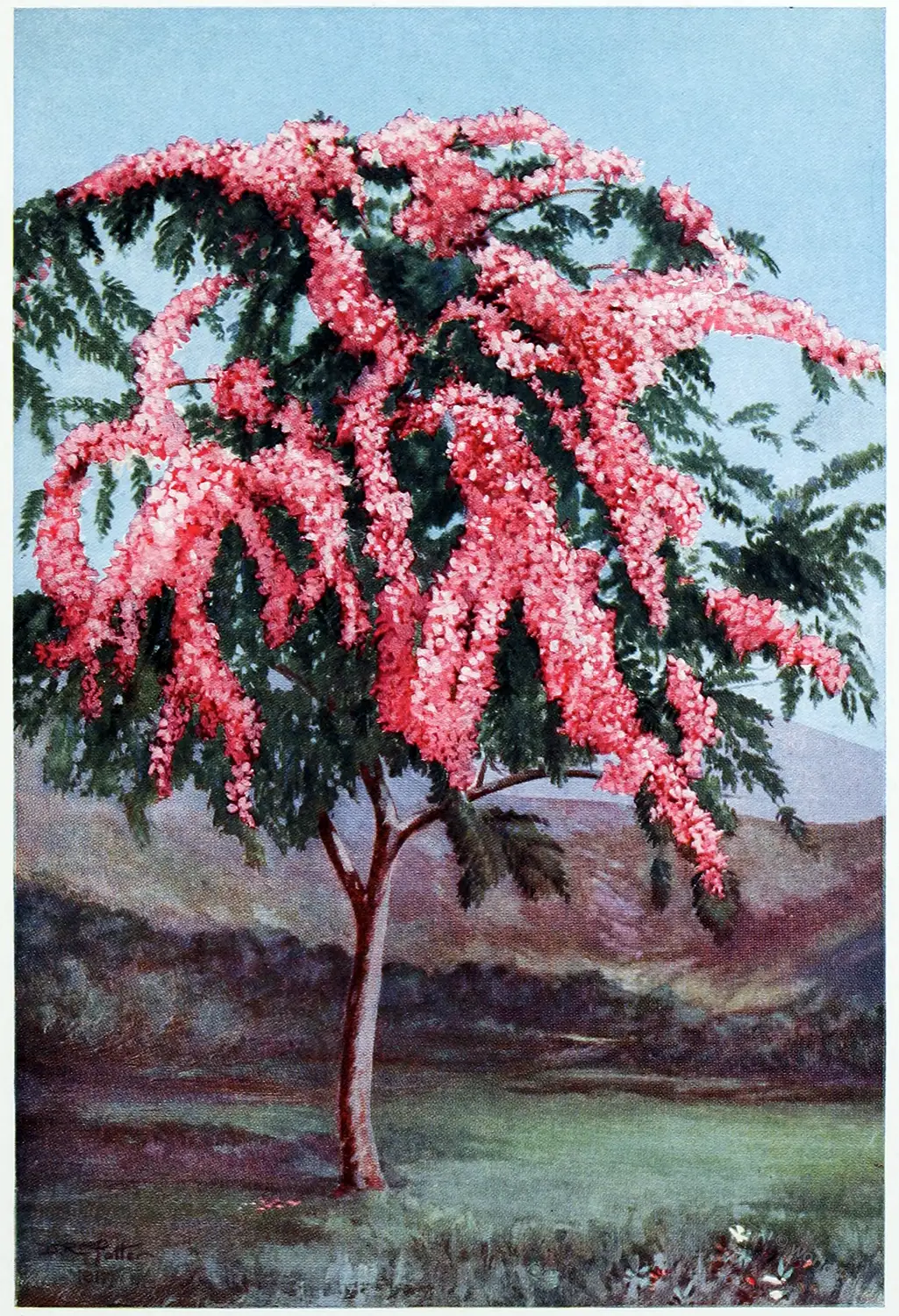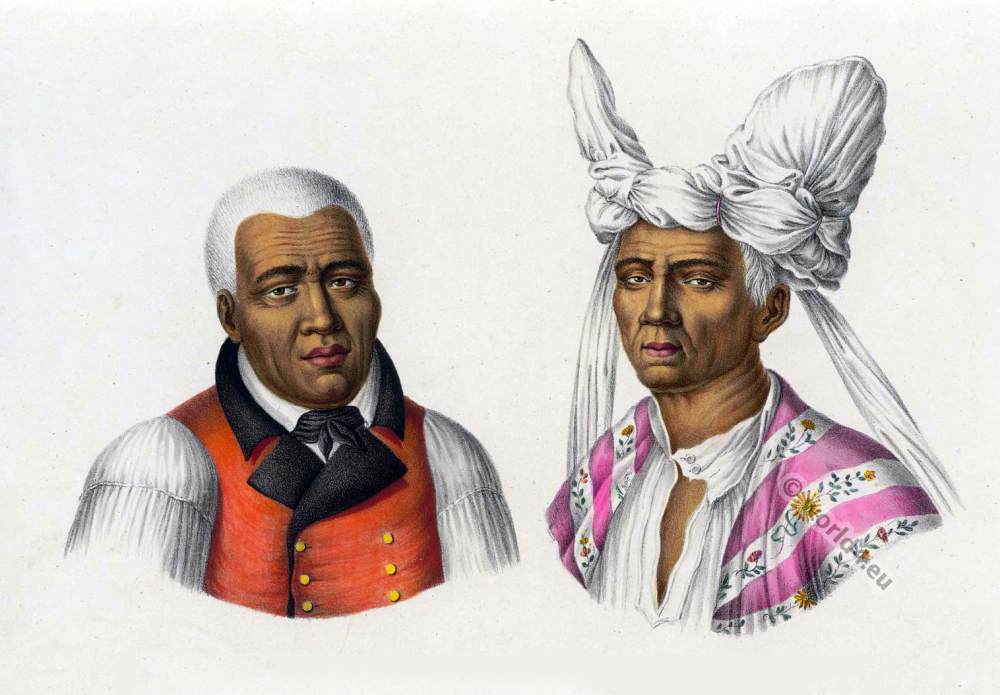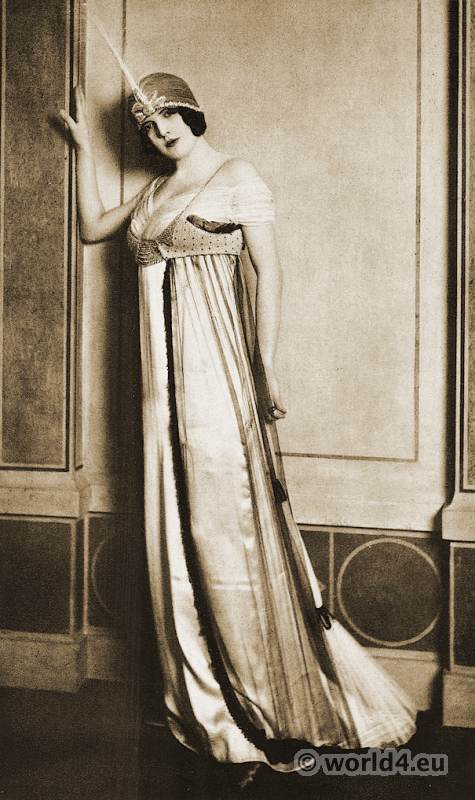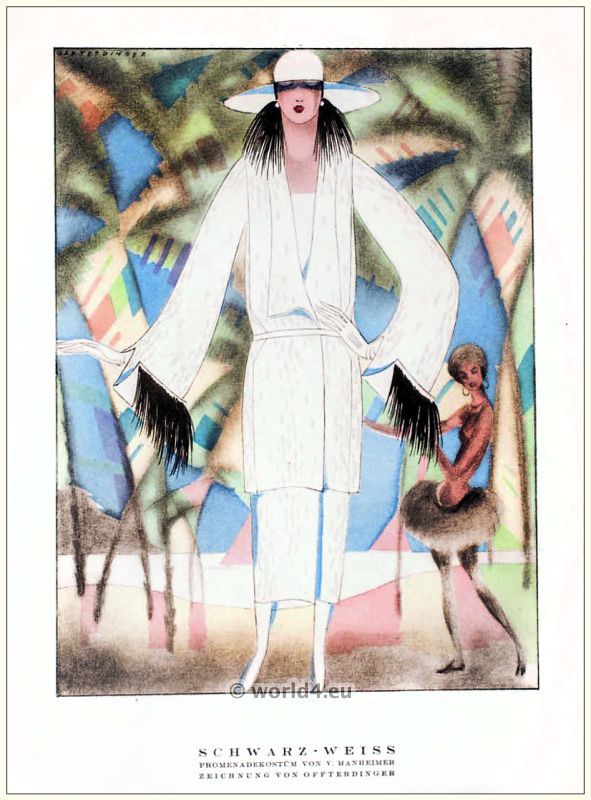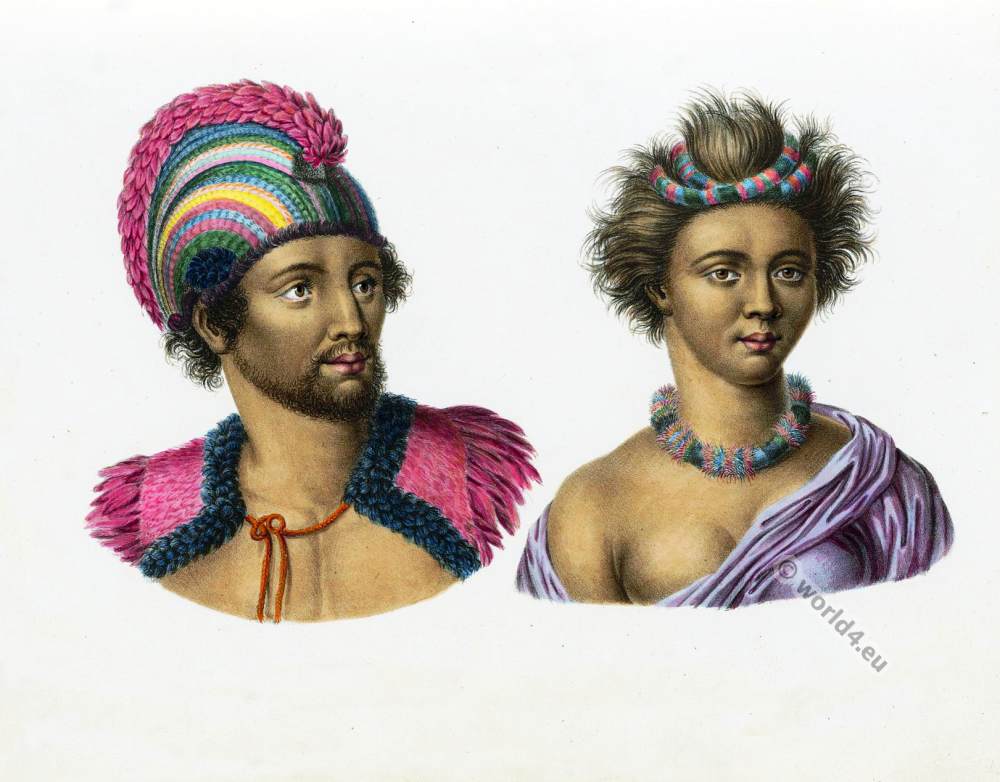Cassia nodosa Ham. Pink and White Shower.
Plate XLIV.
Cassia nodosa, formerly known as Cathartocarpus, is a tree of moderate size, with long drooping branches which are slightly downy; the leaves are a foot or more long and are composed of twelve to twenty-four moderately large, oblong, distinctly stalked leaflets two to four inches in length, and are oblique at the base, glossy and distinctly veined. The flowering racemes are short, corymbose and are produced from the old branches, are dense, and under half a foot long. The flowers are of a beautiful rose pink or whitish pink, with yellow stamens, the pedicels are twice as long as the flowers. The pod when mature is about a foot long and a half an inch thick.
This magnificent flowering tree is one of the most commonly cultivated ornamental plants in Honolulu, where it has been much used for street planting. During the months of May and June it bears a profusion of bright pink rose-scented flowers and is an object of great beauty. The flowers are followed by cylindrical pods and the tree finally becomes bare during the winter months.
It is a native of India and ranges from the Eastern Himalaya to the Malay Isles and the Philippines. In Hawaii the tree is never very tall, but in Java the writer has seen specimens over fifty feet in height.
A closely allied species, if indeed at all distinct from the above, is Cassia Javanica, recorded by Hillebrand as cultivated in Honolulu. It is supposed to differ from the former by its smaller and more obtuse leaflets; the inflorescence is the same.
Source: The ornamental trees of Hawaii by Joseph R. Rock (1884-1962). Honolulu, Hawaii, 1917.

Discover more from World4 Costume Culture History
Subscribe to get the latest posts sent to your email.

